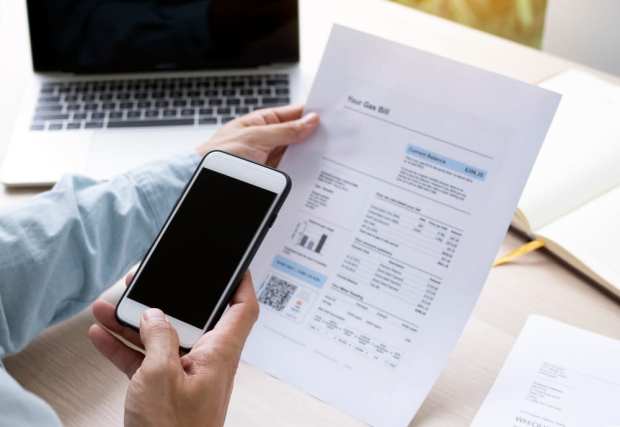Closing The SMB Receivables Gap

The awkward balancing act of trade credits – do the work, ship the merchandise on good faith, hope to get paid sooner rather than later – is a $3.1 trillion nail-biter in the U.S. alone. Small businesses experience this anxiety acutely: Research indicates that over 56 percent of SMBs simply live with liquidity problems. Smaller, newer businesses are hit harder, with over 65 percent reporting chronic cash shortages.
This state of affairs causes business owners to meet expenses (including payroll) with interest-laden credit card debt and other kinds of short-term funding that erodes margins. There’s an explanation as to why SMBs, in particular, are in this jam, and how they can free up the cash locked in their trade credit invoices.
What You Don’t Know Actually Can Hurt
The latest edition of the PYMNTS SMB Receivables Gap: Breaking the Trade Credit Cycle Playbook surveyed more than 1,000 SMBs of different types. Among the key findings: Half of the SMBs PYMNTS spoke with have never used an immediate payment platform, and one in five have never heard of it. Compare this to the finding that profitable firms in business for at least six years are twice as likely to use such a platform (20.6 percent vs. 10.3 percent).
Firms that report using immediate payment platforms are also more likely to use other financial tools to preserve cash flow and fund operations efficiently. For example, the November SMB Receivables Playbook notes that just over 55 percent of businesses using platforms issue discounts for early payments – well over twice the percentage of SMBs that don’t use a platform. The use of incentives to entice customers to pay sooner is part of a set of behaviors and tools that higher-margin SMBs employ to relieve cash flow paucity.
Growing Money
It’s not all about money already owed. The PYMNTS research reveals that over 60 percent of companies using immediate payment platforms are reinvesting that money to boost earnings and create new revenue streams. Nearly 65 percent want to sink that money into smarter buying.
Either way, the research shows there’s more to immediate pay than getting cash now. Much more, in fact. The November SMB Receivables Playbook Intermediate found that over 37 percent of high-margin SMBs believe that immediate payment can bring about improvements in daily operations.
Whether used primarily as a procurement tool or to receive money, the more sophisticated (and successful) that immediate payment platforms get, the more interest they receive from SMBs.
As the report states, “Higher revenues are the main benefit firms expect from immediate payment platforms.” How creatively these systems are used differs from firm to firm, but the common denominators are liquidity, efficiency and meaningful growth.
With six in 10 of the surveyed SMBs claiming to be “very” or “extremely” interested in the potential of these systems – and just 13 percent of firms using one on a regular basis –immediate payment platforms have a lot of growing to do. For platform vendors, that’s a great opportunity – and, as the data shows, it’s a pretty big deal for users, too. Platforms offer a way to gradually nourish young businesses with more of their own cash, freeing them to grow in the most organic way.
